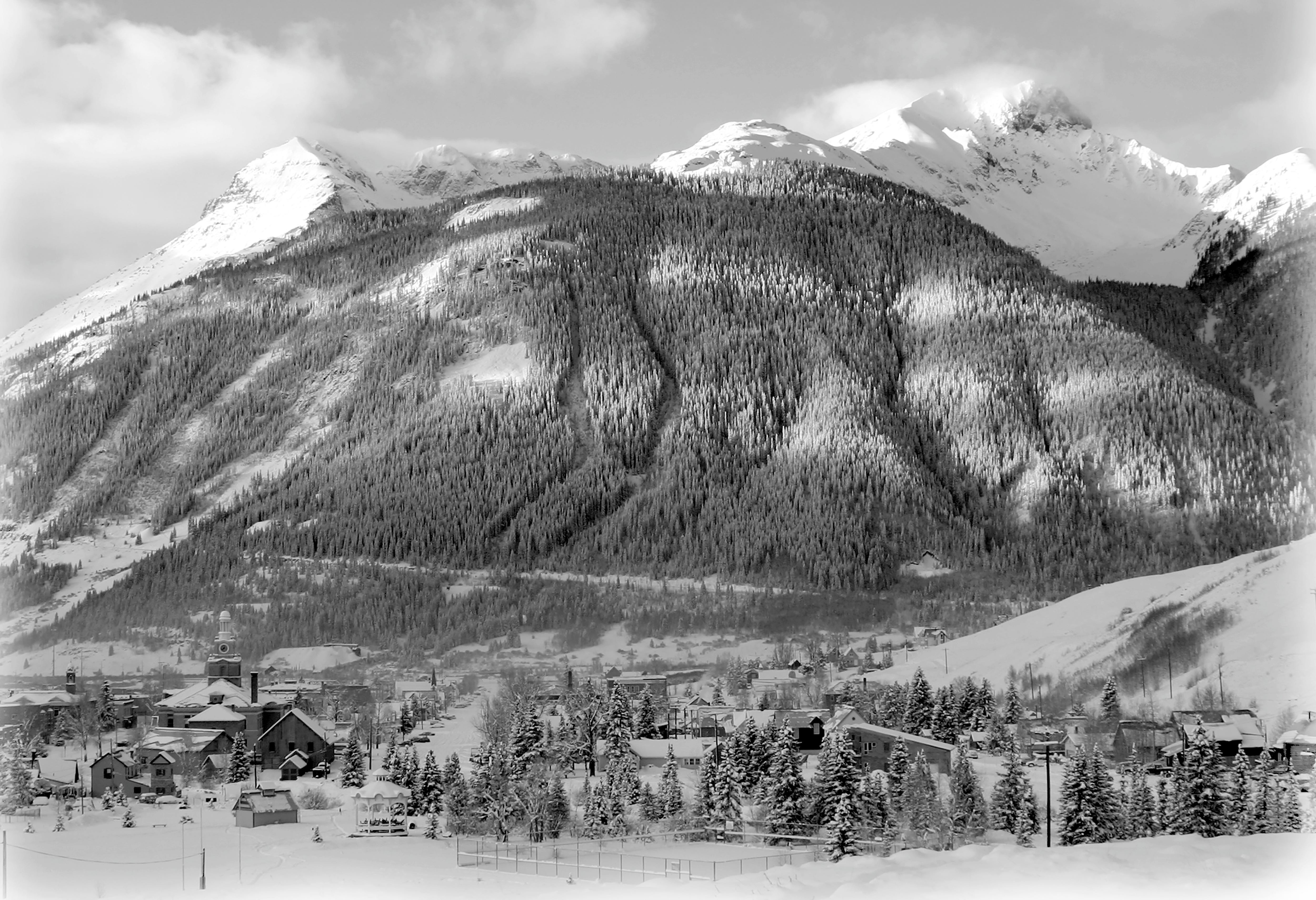Silverton Mountain Ski Area changes hands
Aspen adventure-travel duo takes over
The News: Aaron and Jen Brill sell Silverton Mountain Ski Area and other Silverton properties to Andy Culp and Brock Strasbourger, Aspenites who operate an adventure-travel company. The move has sparked both anticipation and anxiety in Silverton, much as the original proposal for the project did some 25 y…



